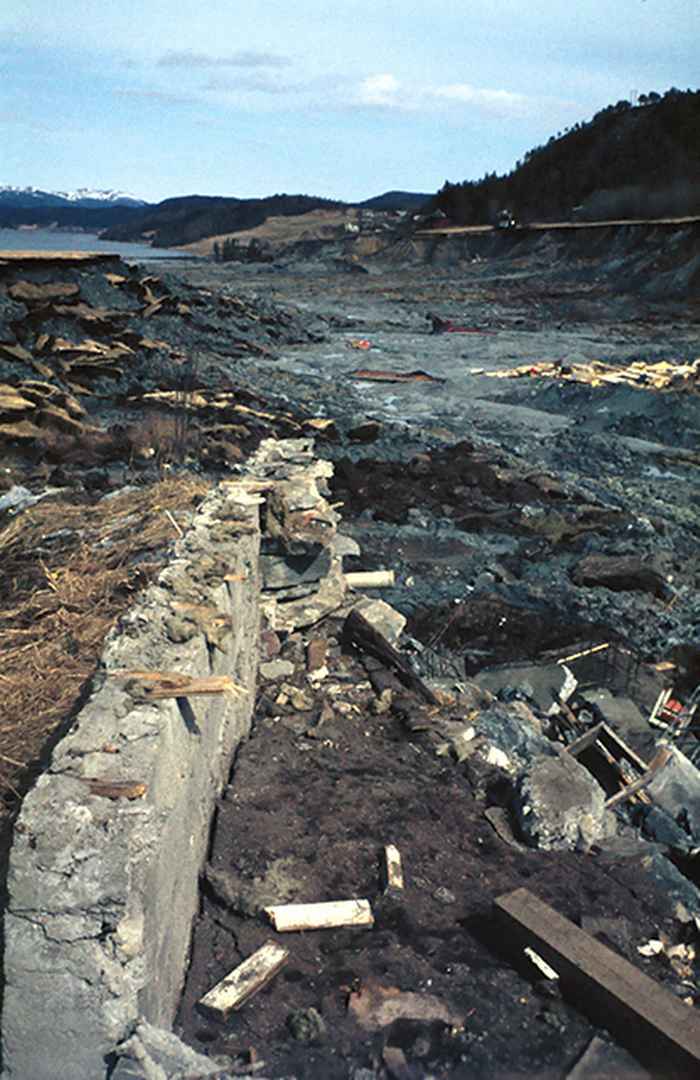Clay soil landslides cause greater damage after minor rainfall
11 November 2009

Researchers at the University of Amsterdam working in collaboration with colleagues from France and Norway have found an explanation for the fact that landslides are extremely difficult to predict. A new model can help predict the speed and scope of landslides with greater accuracy. The findings of the study were recently published in Physical Review Letters.
Each year, landslides result in dozens of fatalities. In addition, this natural phenomenon also causes huge material damage. Until now, landslides have been notoriously difficult to predict, often moving faster and further than existing models would suggest.
Norwegian quick clay
The UvA scientists - led by Daniel Bonn - and their colleagues are now proposing a new model to predict landslides. The model was tested on Norwegian quick clay, known to take on a highly liquefied form when subjected to sufficient stress, a common characteristic of all clayey soils. These soil types have been known to cause major landslides in the past.
The researchers found that the quick clay's stress resistance could decrease by a factor of as much as one million after precipitation that increased soil moisture by as little as 1%. This explains the high speed at which the landslides occur.
The researchers also found that the amount of soil liquefied in this type of landslide is limited to a very thin layer. The remainder of the quick clay will then slide over this liquefied layer as if it were a massive block. This not only explains why such landslides can cover extremely large areas, but also why houses do not collapse during Norwegian landslides.